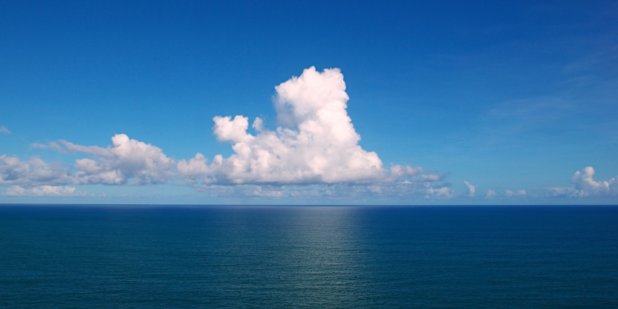- About
- Topics
- Picks
- Audio
- Story
- In-Depth
- Opinion
- News
- Donate
- Signup for our newsletterOur Editors' Best Picks.Send
Read, Debate: Engage.
In the 21st century, the scope of biodiversity degradation and loss has reached alarming levels, and the possibilities to achieve sustainable development goals appear terribly distant. Of all of man's activities, agriculture is one of the most demanding on land. Land is in short supply. The quality and landscape affects the configuration of farming that we get.
Consistent with the growing complexity of temperatures and rainfalls have made farmers and local people of Babessi, one time known for its special bushes, plants, animals and forest to ghastly change their methods of farming and exploitations of natural resources to a very compromising system to their environment. Babessi is a small village of close to 12 000 people, head quarter of the Babessi Sub division found in the Ngoketunjia Division- North West region of Cameroon.
“Madoh” stream fresh water sources in Babessi drying up, but people, pigs and cows drink from it.
Today when you visit the small village you discover that the great species of plants and animals that use to exist 10-15 years ago are no longer there or have lost almost all of its population. These have been lost to fire burns, agricultural expansion, construction, logging and an unexplained change in the climate. This unfriendly method of farming and exploiting the environment is what Wangari Maathai, Nobel peace Prize Winner had denoted in her book: “The Challenge for Africa” while talking about the dilemma of the woman of Yaounde’s farming practices.
“The little patches of forest that I knew when I was growing up is becoming very scanty” Said Nchofua Festus, Natural scientist and native of Babessi. He disclosed, “After the floods in 2012, Babessi is now faced with another water problem but this time around the lack of potable water”... Climate change is gravely felt by the people of Babessi. The local streams (Madoh and Manda) that use to serve as a source to Pipe borne water and fresh water sources are drying up and very small water flow from these sources in the dry season. Because of this, many people are forced to go to the wells or use the same fresh water sources for washing and drinking which they sometimes share with pigs and cows.
“Manda” one of the fresh water sources helping more than 900 people in the village is now causing more problems to the people who visit it than before. It now serves as a dump for all kinds of things. A little visit to the stream; you are welcomed by hips of plastics and greasy substances on the water channel. That is why at the lone Government Health center’s visits per day for the sick surpass 10.
Tap at the Babessi Health Center, the lone place where someone can find potable water once in a blue moon in the dry season.
The recent reports from the climate Change Center released on the 8th of January, 2015 say temperatures will continue to rise in this area, if forest and land degradation continues. Also, the report projects for future climate change scenarios, unevenly distributed rainfall but prolonged rainy seasons that might consequently lead to more flooding or soil wash.
